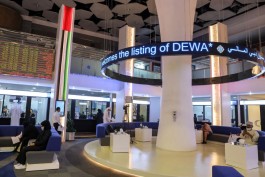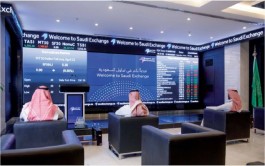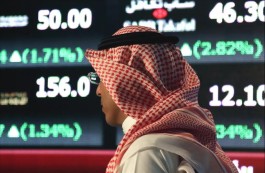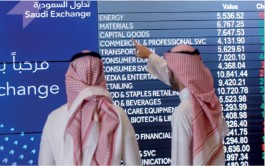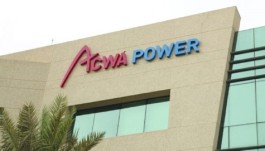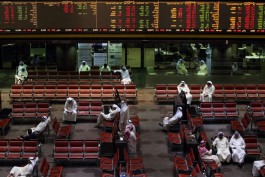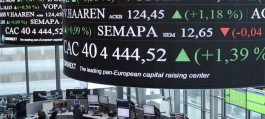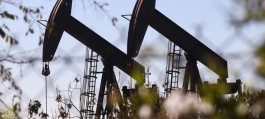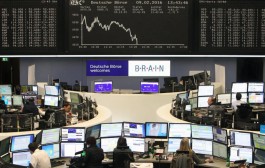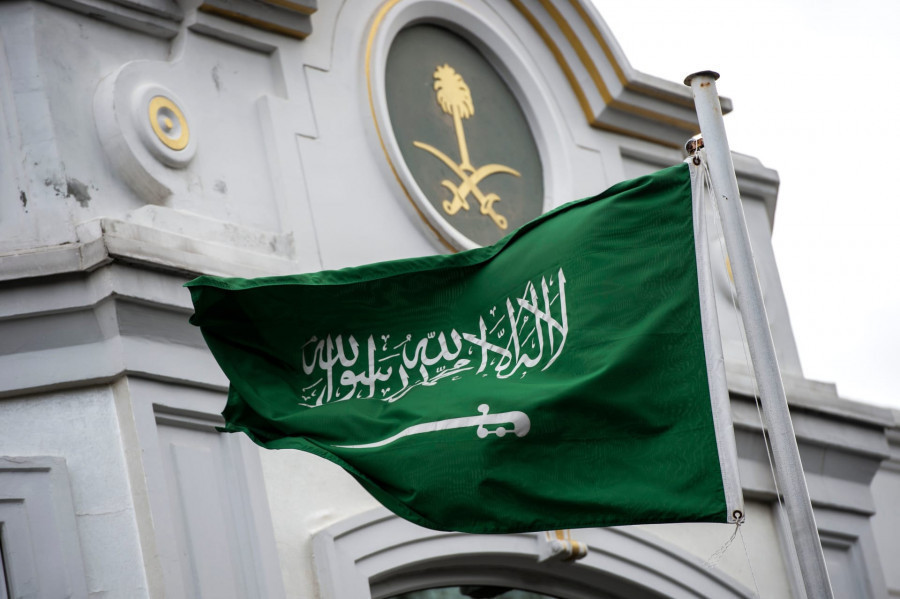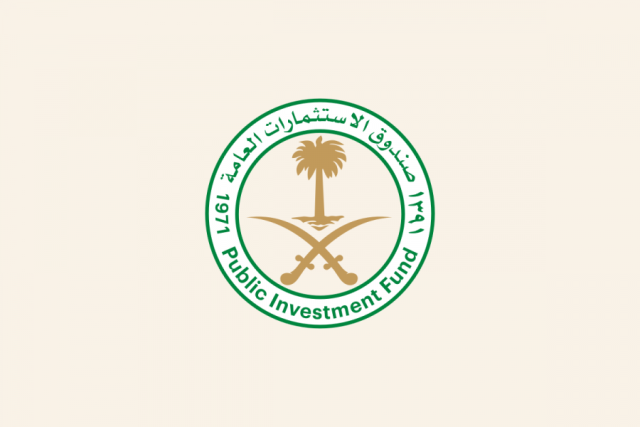In light of the improvements in the balance sheet following the rise in oil revenues and the consolidation of public finances in the Kingdom of Saudi Arabia, Fitch has affirmed Saudi Arabia's credit rating at A .
According to Arab Net, the agency said in a report that government debt to GDP and sovereign net foreign assets will remain much stronger than the A average, even as these metrics weaken moderately after 2022 as oil prices head towards The decline to offset more gradual budget reforms. We now expect government debt to GDP to remain below 30% through 2025. The government will also maintain significant fiscal safety margins, including deposits in the central bank of more than 10% of GDP.
Fitch expects Saudi Arabia to record budget surpluses in 2022-2023 for the first time since 2013, equivalent to 6.7% and 3.5 % of GDP, respectively, assuming that Brent crude prices will average $100 per barrel and $80 per barrel and the Kingdom’s average oil production will be 10.7 million barrels per day, and 11.1 million barrels per day, respectively.
Saudi Aramco aims to increase production capacity to 12.6 million barrels per day in 2025 and 13.3 million barrels per day by 2027, of about 12.2 million barrels per day currently.
We estimate that a $10/bbl oil price movement will change our forecast for a budget deficit of 2.3% of GDP, while A difference of one million barrels per day in production would change the deficit by 2.3% of GDP.
The agency assumes that spending control will continue to be broad-based despite higher oil prices, given the uncertainty about long-term oil prices. It said the authorities' commitment to making the budget flexible to low oil prices in line with the fiscal sustainability program; Increasing spending by the public sector to support economic growth and job creation. We expect spending in 2022 to be flat on an annualized basis, 9% higher than budgeted.
Higher off-budget spending by the Public Investment Fund has lowered budget spending, with capex down to 5% of output GDP, from 11% in 2014.
